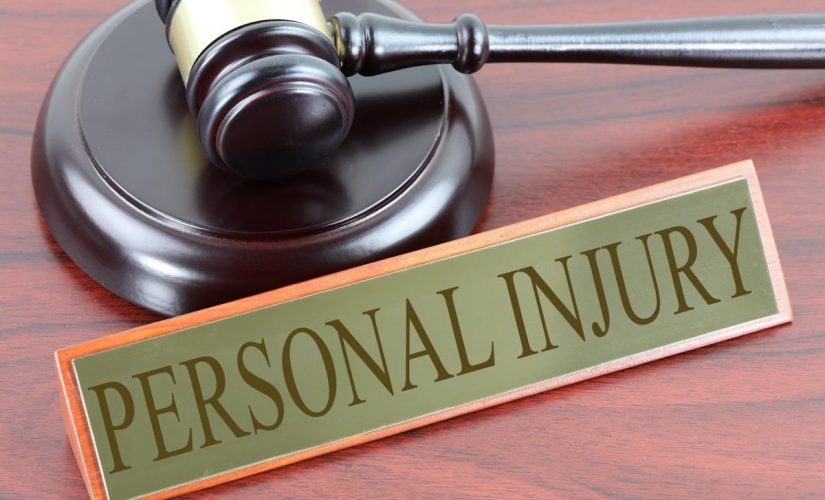Failure to Diagnose Cancer: A Silent Epidemic
One of the most devastating experiences a patient can endure is the failure to diagnose cancer. This medical oversight can lead to delayed treatment, worsening of the condition, and in some cases, fatal outcomes. The failure to diagnose cancer is a significant issue in the healthcare sector, and it’s crucial to understand its implications, causes, and potential solutions.
The Impact of Failure to Diagnose Cancer
When a cancer diagnosis is missed or delayed, the disease can progress to advanced stages, making it more challenging to treat. According to the American Cancer Society, early detection of cancer through screening significantly reduces the mortality rate for many types of cancer. However, a study published in the BMJ Quality & Safety journal found that diagnostic errors, including failure to diagnose cancer, contribute to approximately 10% of patient deaths.
Causes of Failure to Diagnose Cancer
- Communication Breakdown: Miscommunication between healthcare providers and patients can lead to missed symptoms or misinterpretation of test results.
- Insufficient Screening: Lack of regular screenings can result in missed early detection opportunities.
- Overlapping Symptoms: Some cancers have symptoms similar to less severe conditions, leading to misdiagnosis.
- Medical Negligence: In some cases, healthcare providers may fail to follow standard procedures or overlook critical information, leading to diagnostic errors.
Case Study: The Cost of Missed Diagnosis
A case study published in the Journal of Clinical Oncology highlighted a 45-year-old woman who visited her doctor with complaints of fatigue and weight loss. Despite these being potential symptoms of cancer, the doctor diagnosed her with depression. Six months later, she was diagnosed with advanced-stage ovarian cancer. This case underscores the dire consequences of failure to diagnose cancer.
Preventing Failure to Diagnose Cancer
Preventing diagnostic errors requires a multi-faceted approach. Improved communication between healthcare providers and patients, adherence to screening guidelines, and continuous medical education can help reduce the incidence of missed or delayed cancer diagnoses. Additionally, patients should be encouraged to seek second opinions if they feel their concerns are not being adequately addressed.
Conclusion
The failure to diagnose cancer is a critical issue that can lead to severe consequences for patients. It’s essential for healthcare providers to recognize the importance of early detection and accurate diagnosis in improving cancer survival rates. By understanding the causes of diagnostic errors and implementing strategies to prevent them, we can hope to reduce the incidence of failure to diagnose cancer and improve patient outcomes.







